For most of my audiophile journey, I have been addicted to tube amplifiers. That’s not to say that I have never owned any solid state amplifiers or that I won’t recommend them. My reference headphone system utilizes products from Pass Labs, RME, and dCS — none of which utilizes vacuum tubes. But there is something about a tube amplifier that gets me a little hot. AGD Productions pulled a fast one on me at T.H.E. Show and I’m still very impressed by what they had on display.
AGD Productions demonstrated their Gran Vivace; which at first glance appeared to be using a KT88/KT120 tube.
A closer look though revealed that this “tube” was not the standard KT120 or even remotely close. To explain what that tube really is, one needs to look further into AGD and their design strategy.
While 98% of the gear at the show either relied on silicon semiconductors or valves (tubes), AGD uses a different material, namely Gallium Nitride (GaN) for its transistors.

GaN is a semiconductor like silicon, but offers higher switching speed (slew rate), lower on-resistance, and better thermal conductivity than silicon making it more suitable for higher voltage and current applications.
Another advantage is that when GaN is layered with another material such as silicon, it creates a high electron mobility transistor that contains a pocket of electron gas at the junction between materials.
This electron pocket allows for higher speed and higher current transfer than pure GaN or silicon wafers and also allows for a decrease in die size — thus higher efficiency and better thermal regulation.

If all of that geek speak has you confused, AGD wants you to believe that silicon transistors have been taken about as far as they at this point, and that the future lies not in the better use of silicon, but in its replacement with GaN.
With its ability to transfer electrons up to 1000x more efficiently than silicon, GaN offers a way to improve existing products simply by changing the material the transistors are made from and that is what AGD is doing.
It then makes sense that a company focused on efficiency and using the latest in material science to help achieve that end, would not be using technology like a traditional vacuum tube to achieve its goals.
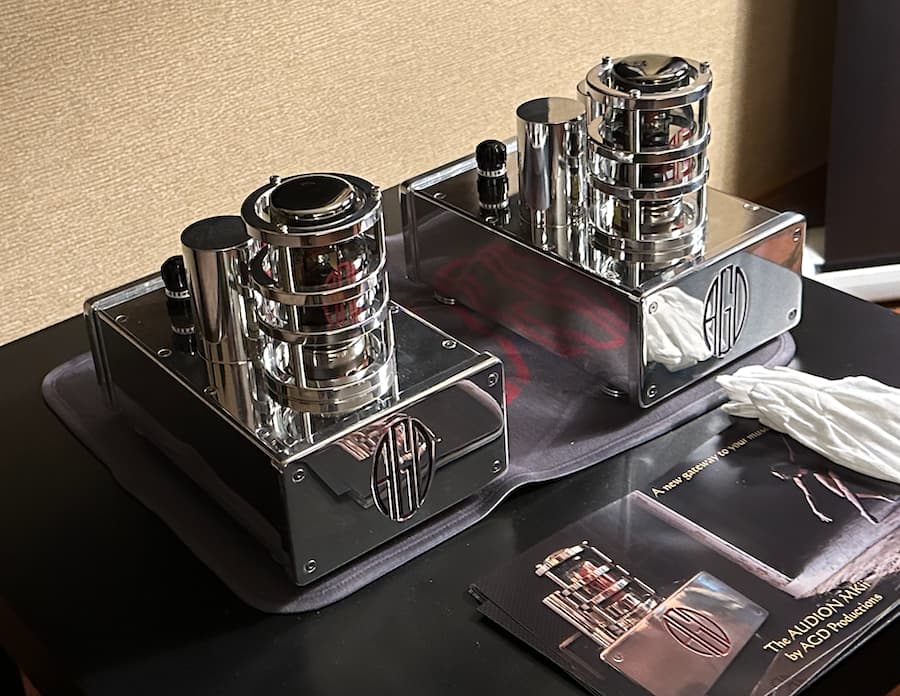
What is inside that glass housing is instead a complete single channel class D amplifier and power supply using GaN transistors. The power supply uses GaN MOSFETs to provide up to 600V of clean power to the amplifier circuit which in turn uses that power to produce up to 400 watts of output power.
The amplifier circuit uses 800kHz pulse width modulation to help achieve a noise floor of <-130dB, and a dynamic range of >120dB while achieving roughly 94% efficiency.
Those numbers are certainly impressive even for a class D product known for efficiency, but AGD understands GaN is only in its infancy as a product and that it will have to work hard to convince audiophiles of its value.
For this reason, the AGDKT88 and AGDKT120 tubes are not just a nod to the past or a decoration to make the tube guys happy, they are a self-contained field-replacable unit that will allow buyers to upgrade the Gran Vivace, Vivace, and Audion amplifiers by simply replacing the “tube” as new models arrive.
Needless to say, these tubes won’t work in other amplifiers so the KT88 and KT120 nomenclature is used to designate shape and output with the KT120 offering 400 watts peak while the KT88 version offers 170 watts (4 ohms).
The tech is interesting but ultimately it is the sound that will win AGD customers and the Gran Vivace ($18,999 per pair) was certainly capable in that department.
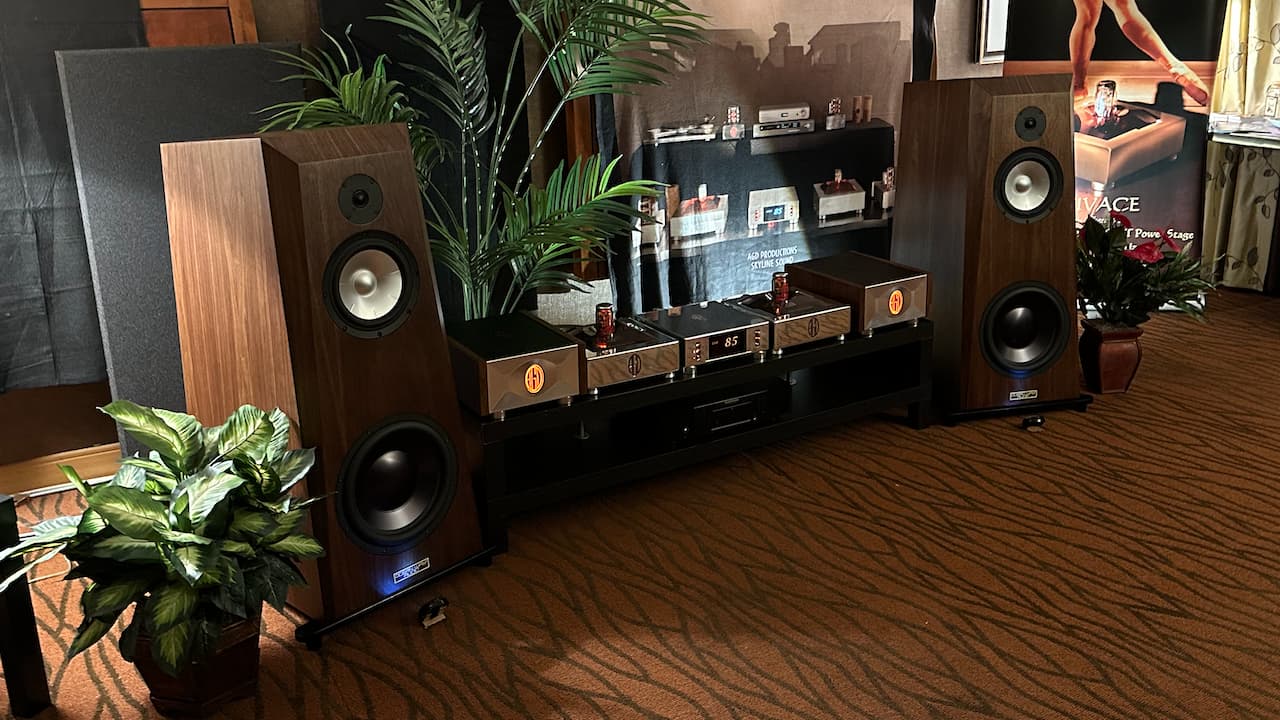
The amplifiers were paired with Ocean Way Sausalito MK II loudspeakers ($36,000) which combine a 12-inch aluminum cone woofer, an 8-inch aluminum cone midrange driver, and a 1-inch silk dome tweeter.
AGD had used the smaller Eureka speaker by Ocean Way last year but chose the larger floor-stander this year and the addition of the 12” woofer does add a good bit of low end performance to what is otherwise a very similar sonic signature.
The lows had very solid definition and impact but did not overshadow a well-tuned midrange which gave the piano a nice natural tone. Likewise, highs were tightly defined and well detailed but not accentuated.
The big speakers had no issue filling the room and likely could have used a bit more depth in front of them to really stretch out, but imaging was still quite good.
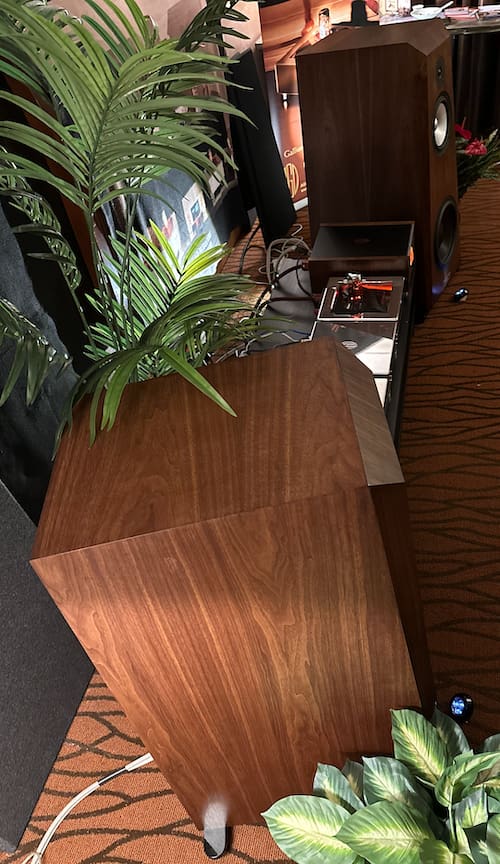
I came away impressed with the pairing; the sound was both fluid and just a touch warm; neither of which are calling cards of the typical class D amplifier.
AGD is offering the Gran Vivace ($18,999 per pair) and Audion ($7,850 per pair) right now; both amplifiers utilize the replaceable tubes.
The ATC SCM40 on display in another showroom were being driven by AGD’s 2-channel Tempo Di GaN amplifier ($5,500 USD) that offers some of the same technology in a more compact, but less upgradable package for those with space or budgetary constraints.
AGD is a pioneer in GaN technology and their latest design is rather striking evidence that class D technology is evolving and very worthwhile from a listening perspective. We most certainly recommend taking advantage of any opportunity to listen to their products.
For more information: agdproduction.com | oceanwayaudio.com

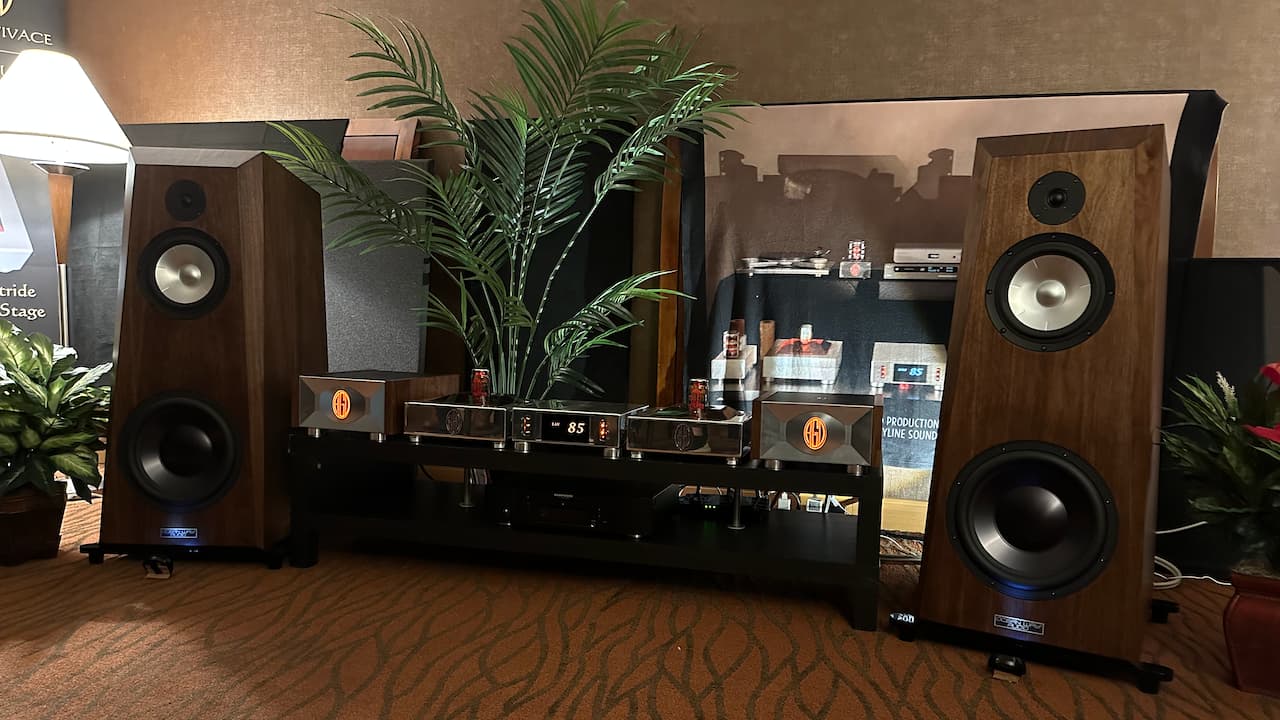
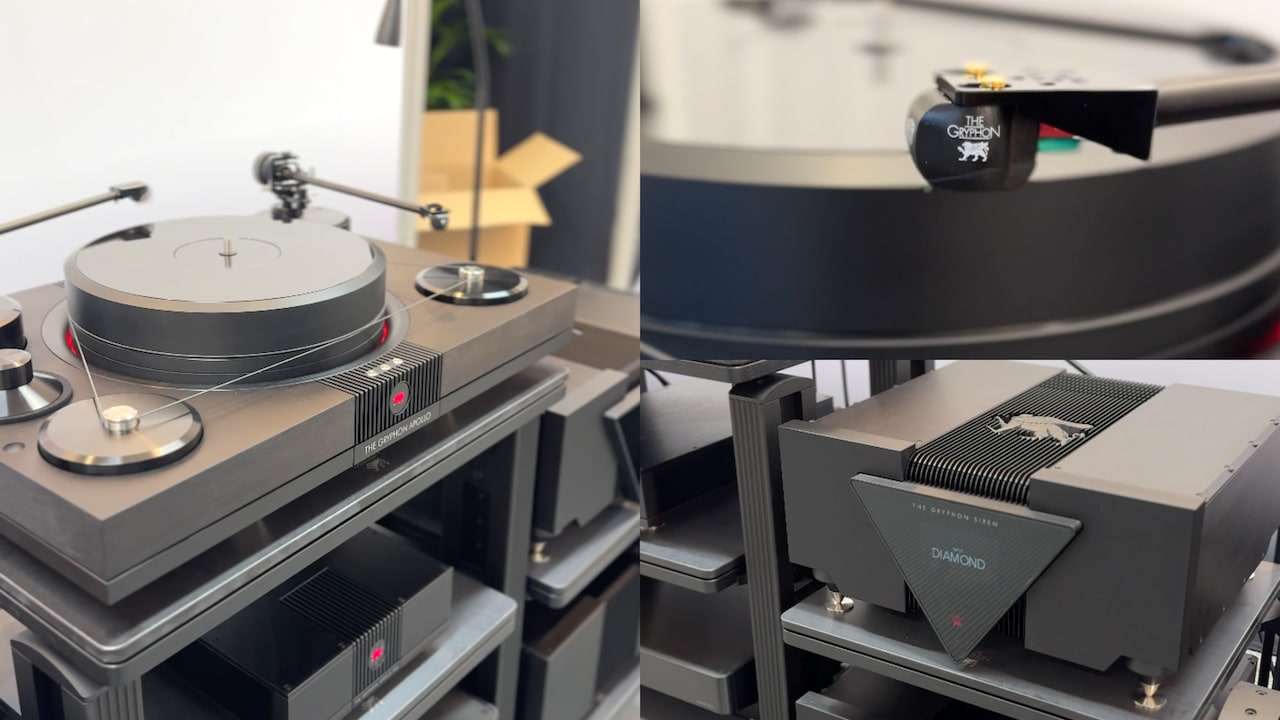

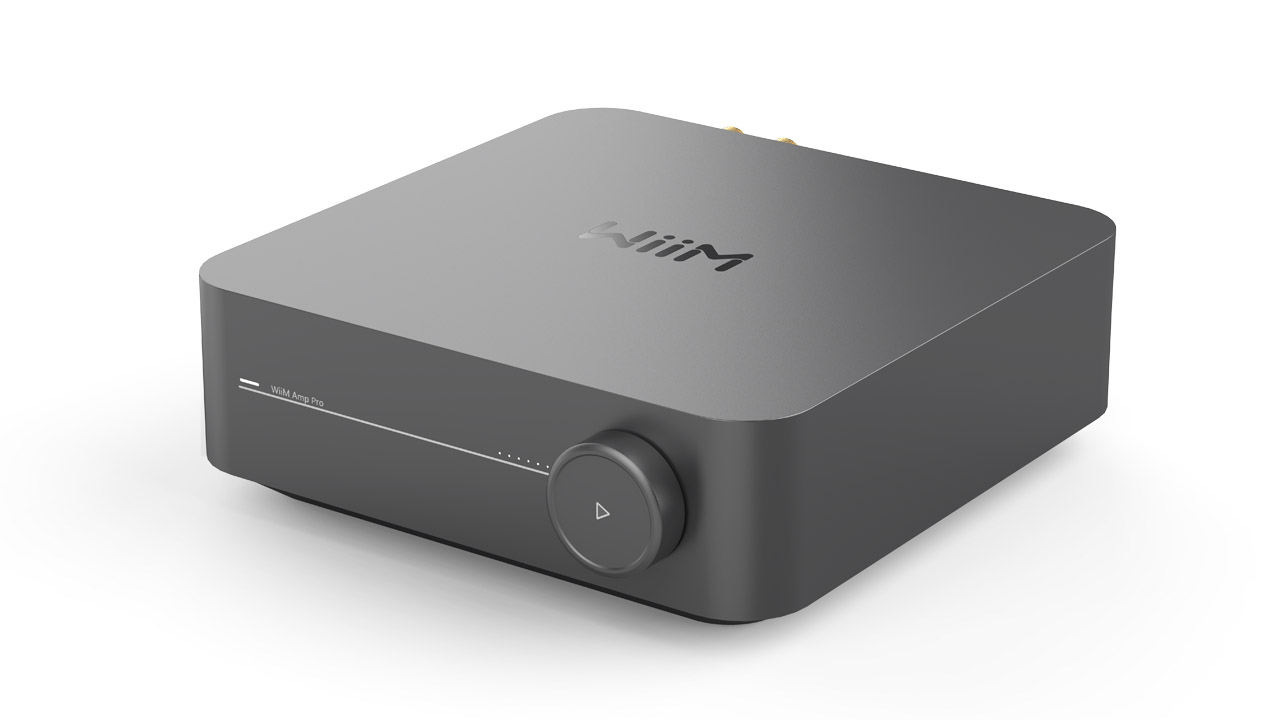

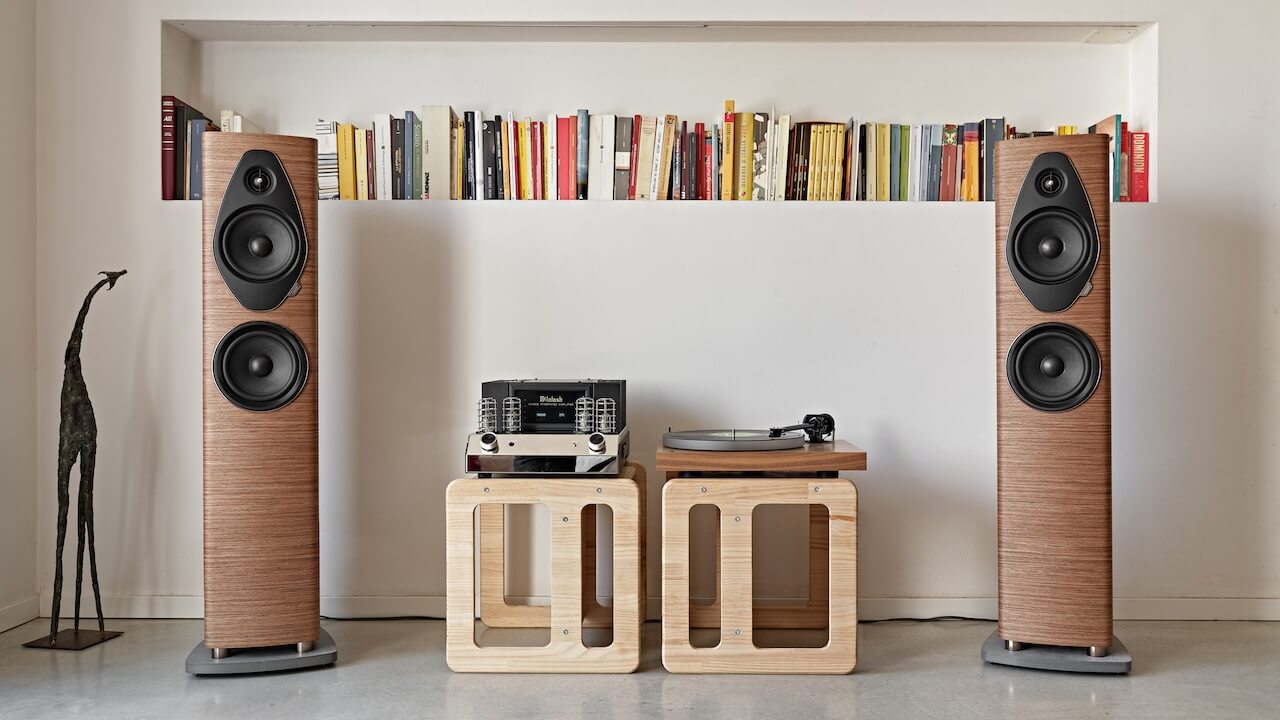
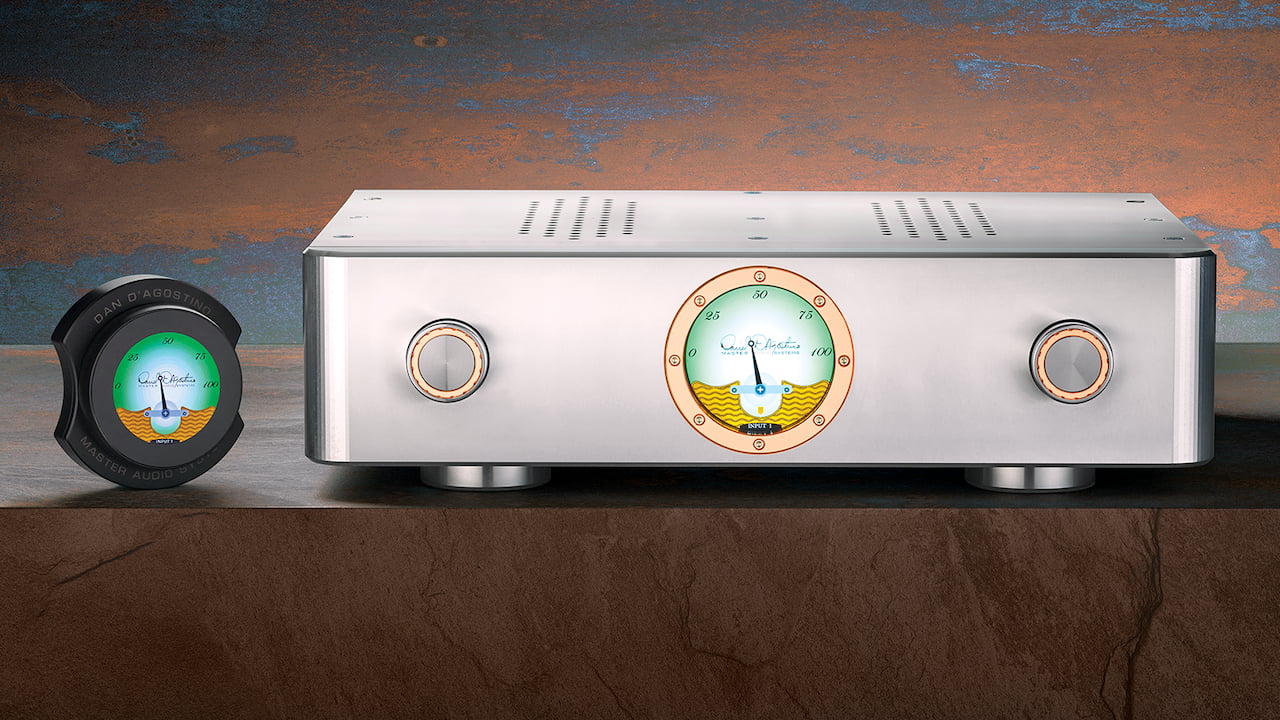
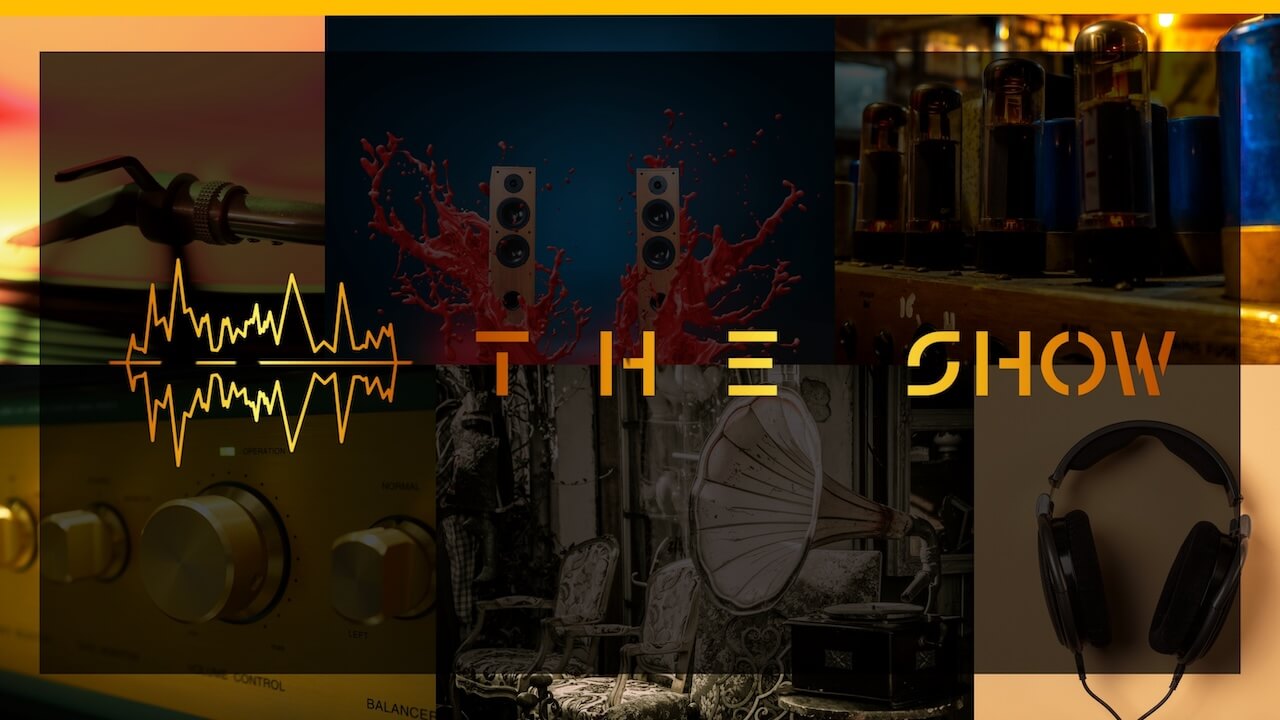





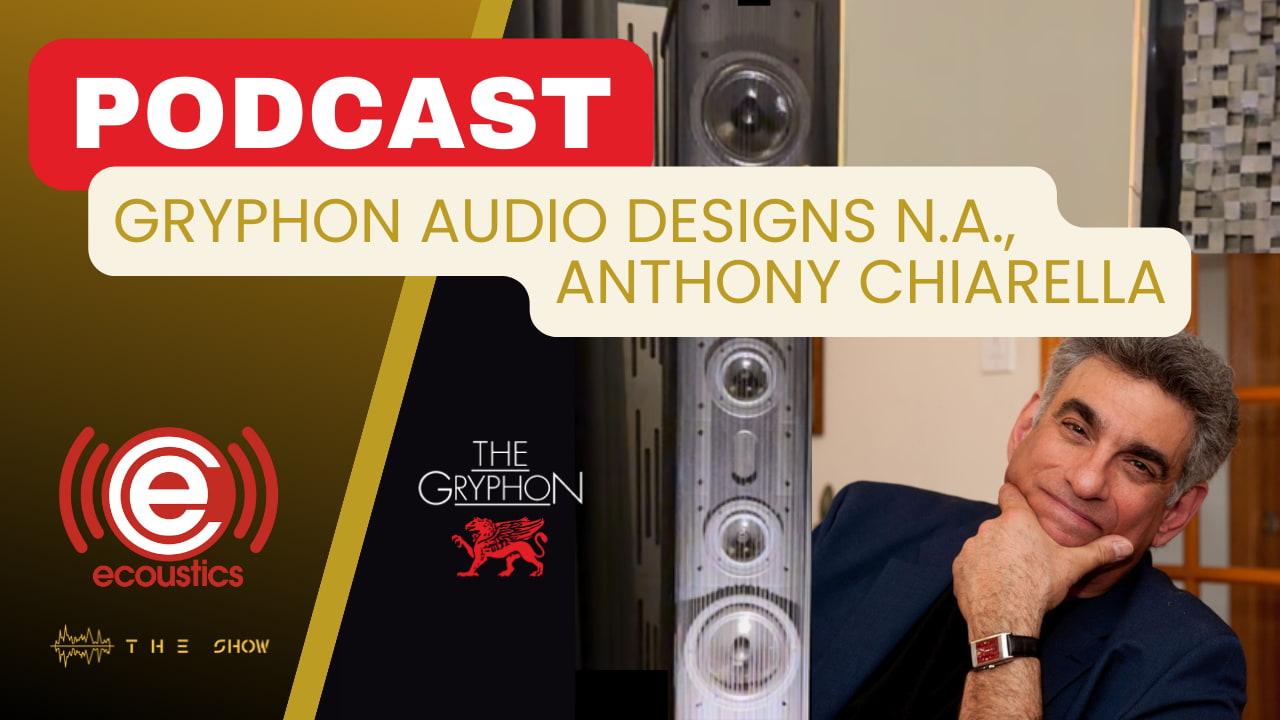
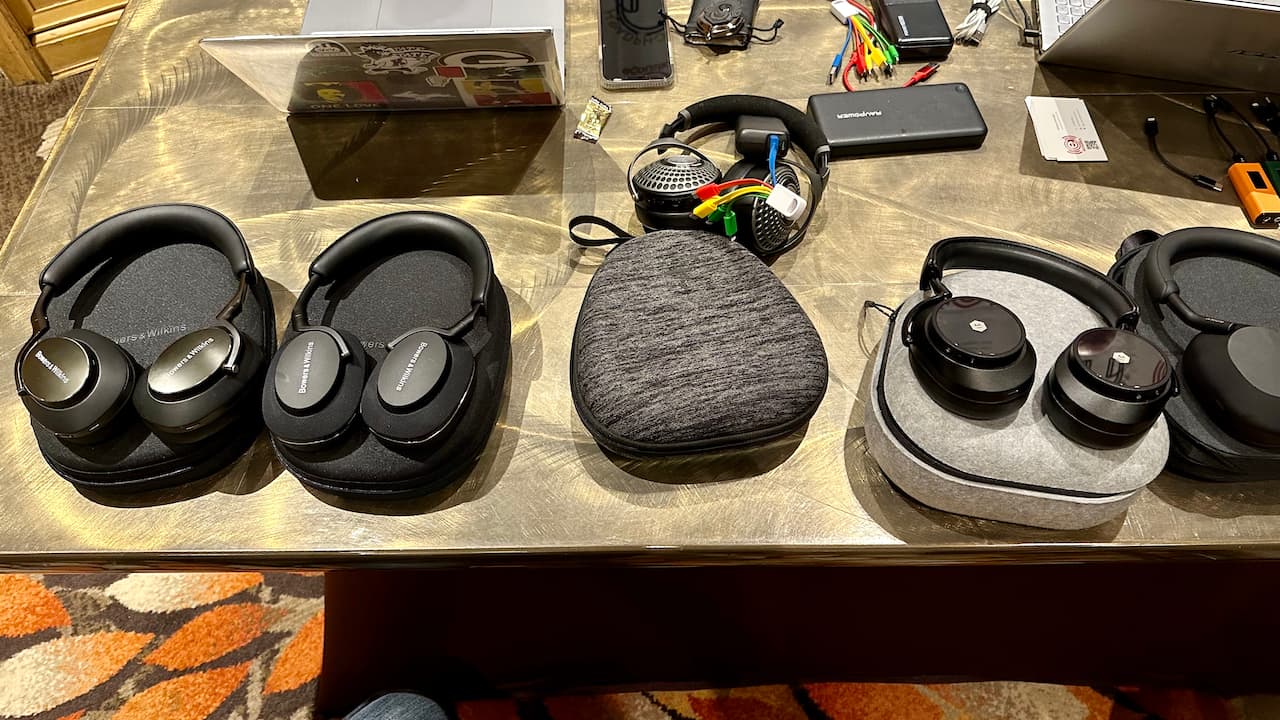











ORT
June 21, 2023 at 11:07 pm
With all due apologies and homage to Rodgers and Hammerstein…Nah! I had re-written one of their many excellent songs for the occason but decided brevity is the soul of…Wait. I no longer have one of those either.
Sir Will, this stuff they make looks soooooo COOL! Given my inability to get around kinda-sorta easily this was one of many rooms that I could not get to or sometimes just in to. I think Tube Amplification is the most stunning and visually stimulating way to enjoy music.
You might as well face it you’re addicted to tubes.
Shallow toad, hit the road. And got runned over.
ORT
Wiljen
June 23, 2023 at 5:11 pm
I have jokingly said I was going to get a full back Tattoo of a 12AU7 with the words “Burn to burn out” beneath it. I’m a tube guy for life